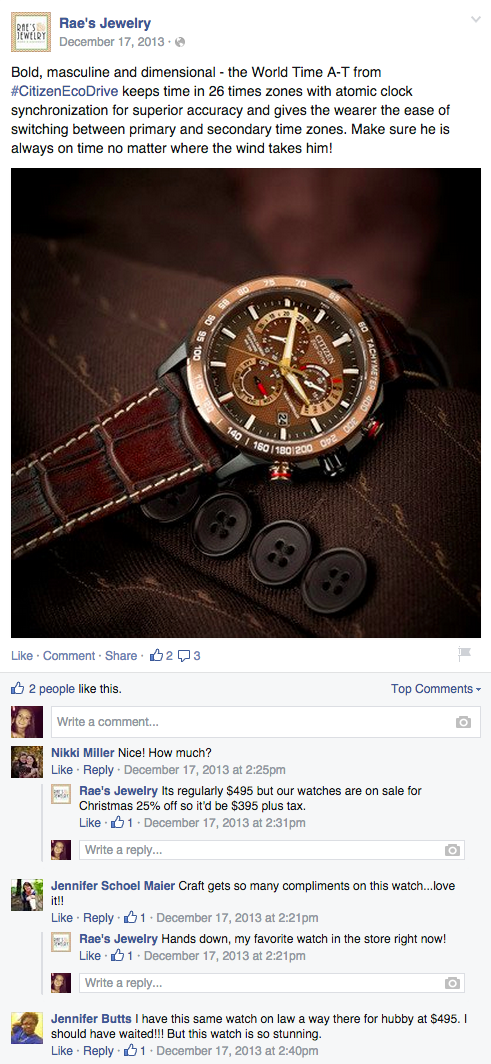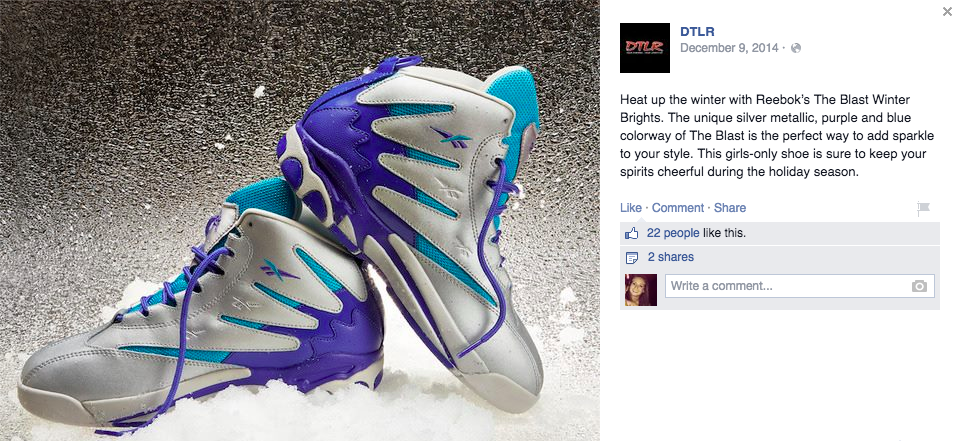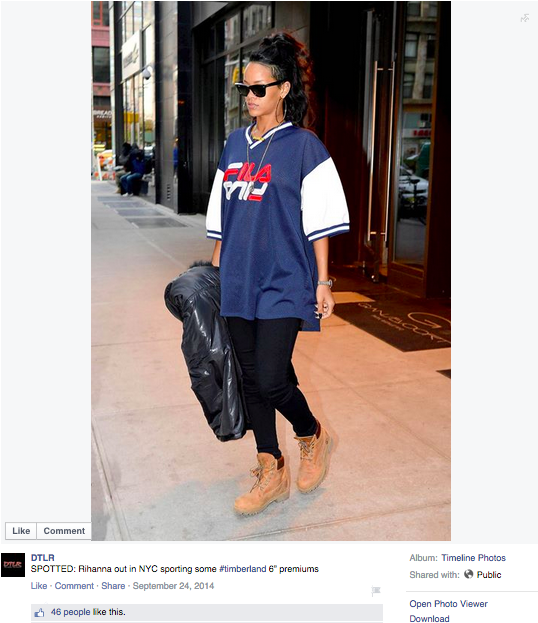
As a manufacturing brand in the apparel industry, your independent retailers are by far your most valuable marketing asset.
Recently, we’ve seen a trend among fashion brands that wish to sidestep independent retail marketing and instead focus on their direct-to-consumer marketing approach. Why? Because most brands still don’t know how to easily and efficiently market with their independents.
Some of the reasons these brands list for not supporting their retailers range from “they’re not sophisticated enough” to “they don’t have enough influence.” The problem with these brands’ evaluation of their retail network is that they’re putting the cart before the horse a bit.
Brands who rely solely on their own marketing channels are missing a breadth of co-marketing opportunities that their independent retailers supply. Once you align with your retailers and provide them with the marketing support that they need to promote your brand, you won’t have to worry about them selling a competitor’s product over yours.
3 Ways Local Retailers Can Help Apparel Brands Win
Fashion is a 250 billion dollar industry in America. Today, consumers are not only presented with a variety of products to choose from, but also a variety of ways to purchase these goods. With consumer adoption of new technology and social media, brands and retailers have to be innovative marketers in order to drive store trips.
It is important for brands to equip their retailers with the marketing content and tools that enable retailers to connect with consumers in their communities on an ongoing basis, across a variety of channels. Retailers have their own online presences (website, email, Instagram, Facebook, Twitter). Brands should leverage these retailer channels to ensure consumers know where their products can be purchased. These channels also offer the ability to distribute information about upcoming releases and exclusive brand news. Below is an example of Citizen Watch supporting their retailers with content to share and connect with local customers:

Rae’s Jewelry uses the content from Citizen Watch to educate and interact with local customers, ultimately leading to in-store sales.
Consumers don’t want to visit three or four stores before finally finding the specific product that they’re looking for. Brands need to make the customer experience relevant and easy. When a manufacturing brand releases a new product, they need to give their retailers marketing materials for it so that the barrier to find the product is eliminated and consumers know exactly where they can find it. Take Timberland’s co-branded landing page for its Hazel Highway product release:
About a year and a half ago, executives at Timberland decided the company was in need of a branding refresh. Staying true to its heritage and public perception of durable quality, the company redefined itself as a lifestyle brand and adopted the new tagline, “Better Then. Best Now,” using it as an inspiration to extend their influence in women’s footwear and men’s apparel. The brand came back in the public’s eyes in a major way, but not without strategic efforts to align their marketing efforts with their retailers, and increase public where-to-buy awareness in the process. At Promoboxx’s 2014 Aligned Conference, Cassie Heppner, Director of North America Marketing at Timberland, noted how the brand shifted focus:
“Up until only a few years ago, we were focusing almost exclusively on the bigger retail players and Timberland’s grasp on the our independent base slipped. So, as an organization, we took a fresh look at the landscape. We realized that we were overlooking the independent space and decided to change that…This space can be high-maintenance – yet there’s tremendous opportunity! If you can help teach independent retailers what the big story is, they’ll come right back and work very hard for you.”
With new fashion labels, new trends, and new design technology overwhelming the market, fashion brands need to find new ways to create supply and demand. It is not as simple as it used to be and solely about limited releases or the newest features.
In order to differentiate, brands must build trust and advocacy. Your retailers are the ones on the floor selling your product and telling your brand’s story to consumers. They need to feel like they are a part of your story in order to influence consumers to make a purchase decision. In the example below, Reebok invited its retailers to take part in the storytelling of its The Blast Winter Brights shoe, which performed favorably among local customers who liked the photo and shared it with their personal online communities:

DTLR showcases a pair of Reebok’s The Blast Winer Brights and highlights the product’s features in the caption
Sam Del Pilar, Reebok’s former US associate marketing manager, states:
“As a brand we need to tell stories and any way we can do that better is a good thing. We’ve been able to stay at the forefront in our industry because we can efficiently engage and include our retailers in this storytelling process. In the end, we’re just maximizing the potential for a healthy relationship and looking beyond the simple transaction.”
Brick-and-mortars, which still account for 90% of sales, are still highly appealing to customers because they provide them with a sensory experience -the touch, the feel of a product – allowing for total brand immersion. This is a crucial time for sales associates to tell the story of your brand/product and reaffirm the shopper’s enthusiasm over an impending purchase. In fact, a Deloitte study finds that 54% of consumers noted that knowledgeable store associates were the main reason they were influenced to buy.
Fashion retailers have a huge influence in their communities and connection to local consumers. Brands should be focusing on how they can leverage their retailers’ ethos within their communities. Usually the employees at specialty retail shops are fashion fanatics themselves. They are consumers, they think like consumers; because of this, they have a connection that the brand can’t build as easily achieve. Your retailers are able to leverage their online following and their expertise of fashion industry trends to relay messages that consumers trust.

Timberland gives its retailers a series of crowd-pleasing Celebrity Sightings to share with their online communities
At the end of the day, local retail locations are where consumers can go to see, feel, learn about, try on and eventually buy the product. Regardless of new marketing trends or technologies, brands must engage with their independent retailers and view them as an important marketing channel. They are the mouth pieces to your brand’s unique story. People on the sales floor sell what they know from who they trust. So support them, listen to them, build connections, and watch your brand sales soar above the rest.
